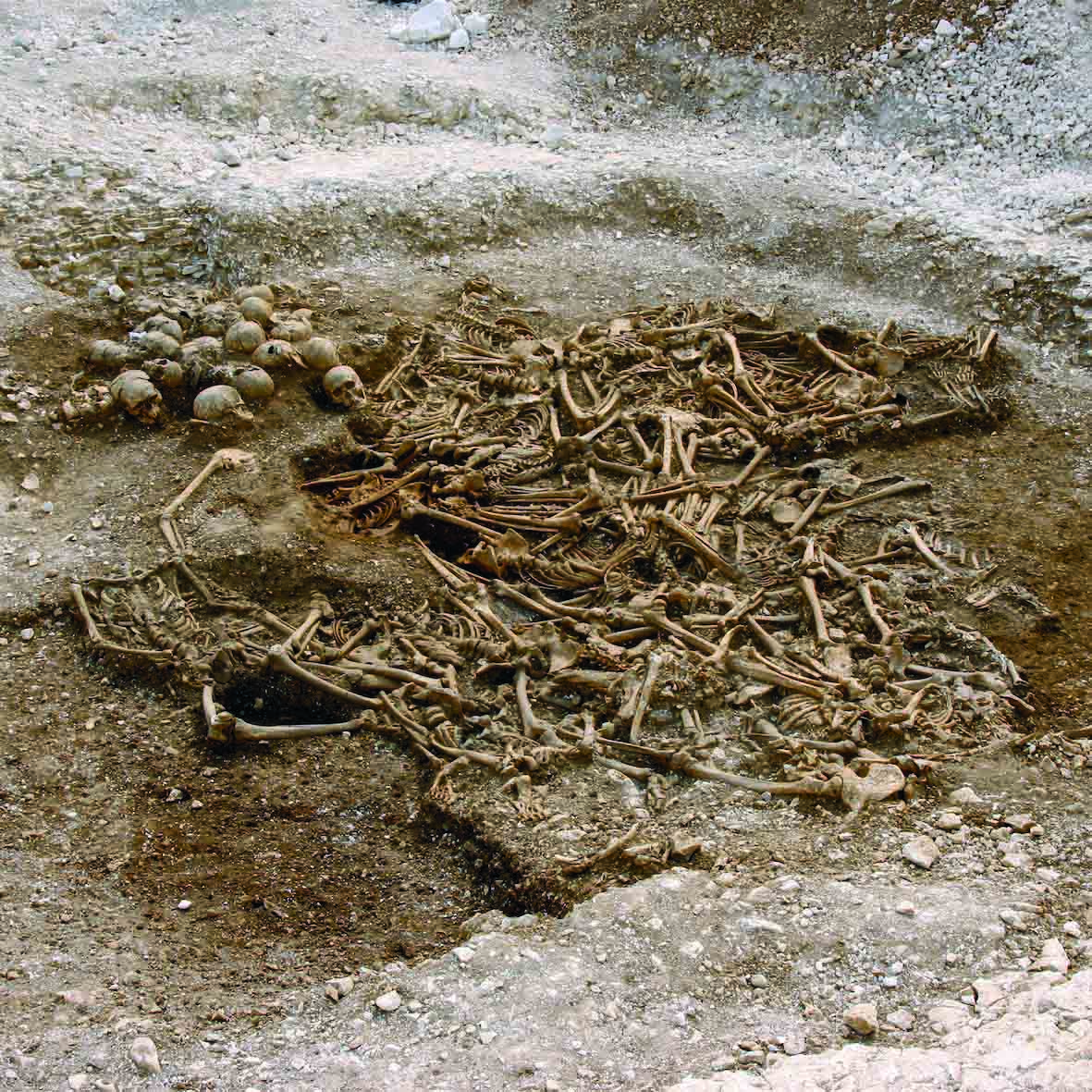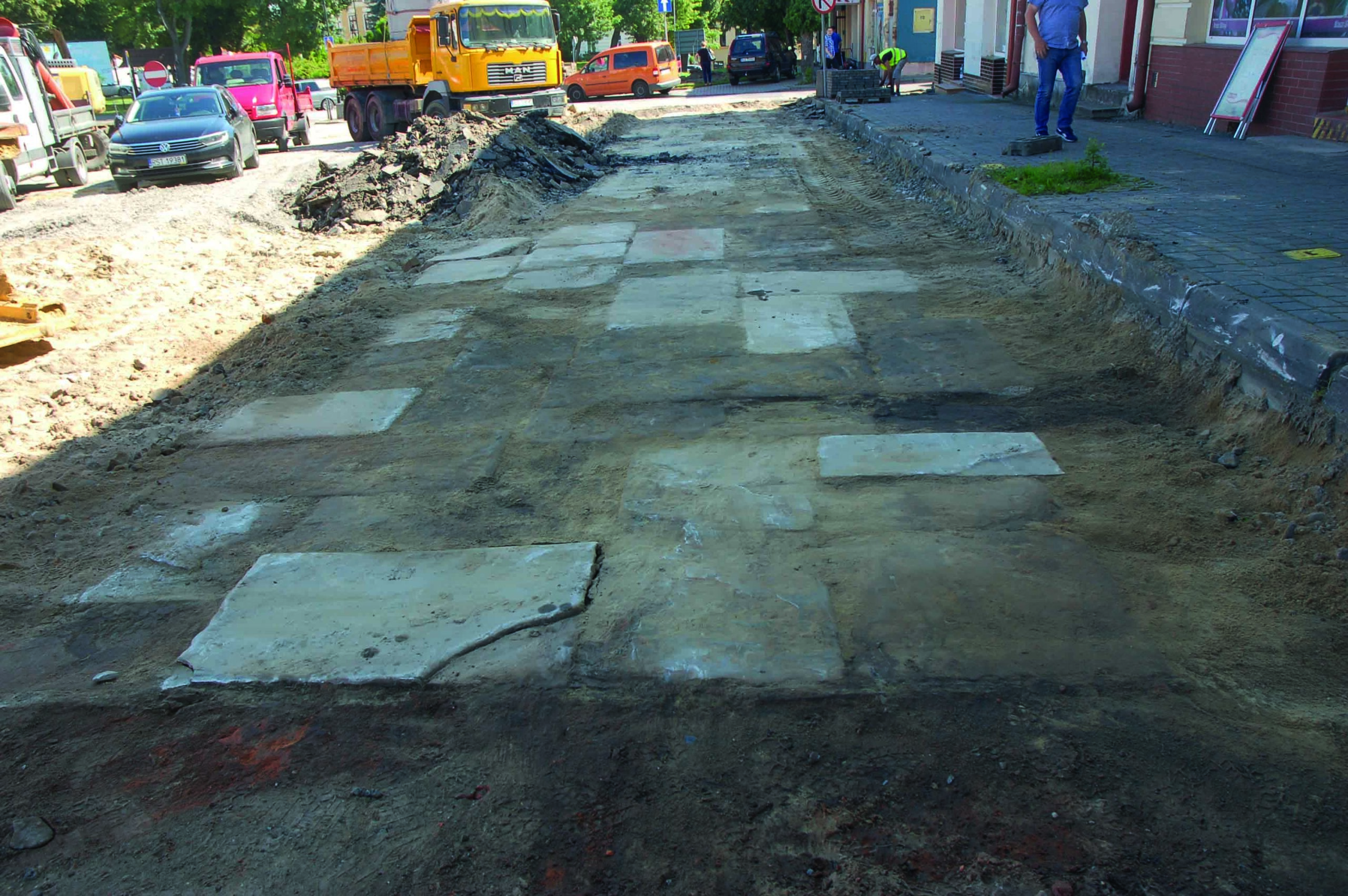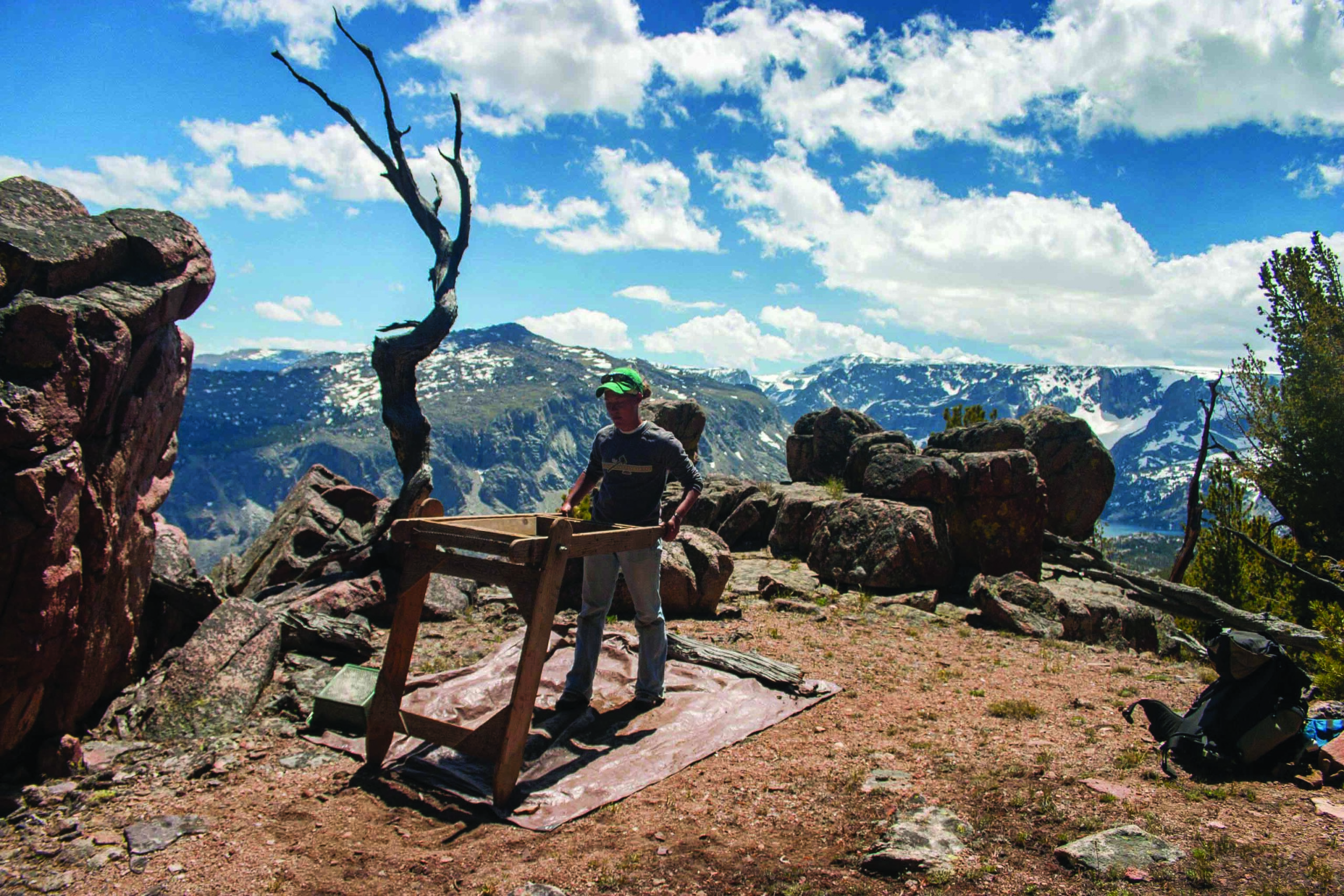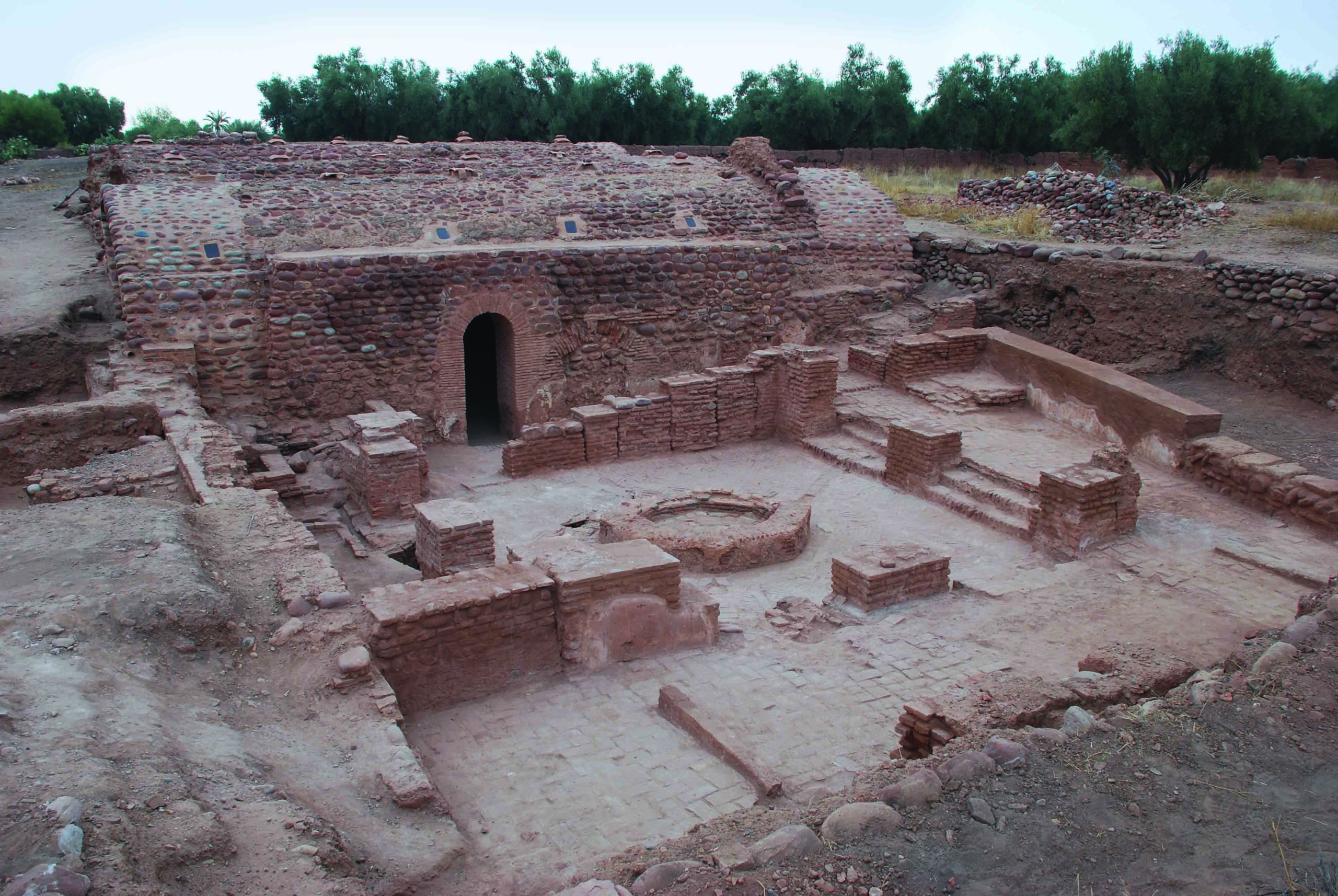
WARSAW, POLAND—Science in Poland reports that researchers led by Jacek Tomczyk of Cardinal Stefan Wyszyński University used a fluorescent camera and X-ray imaging methods to examine the teeth of a three-year-old child and two adults who died about 9,000 years ago in what is now Poland. The study revealed the beginnings of dental decay that went undetected when the bones were unearthed in the 1960s. “Traces of caries are preserved on molars, rich in furrows and depressions, with an irregular surface. It is obviously difficult to speculate whether tooth decay would develop further if the owners of the teeth had lived longer,” Tomczyk said. It had been previously thought that dental caries developed in people living in the region some 7,000 years ago, when people began farming and eating more grains. Berries, other fruits, and honey may have contributed to dental problems in people who lived during the Mesolithic, Tomczyk explained. To read about the earliest known example of dental work, go to "Paleo-Dentistry."










